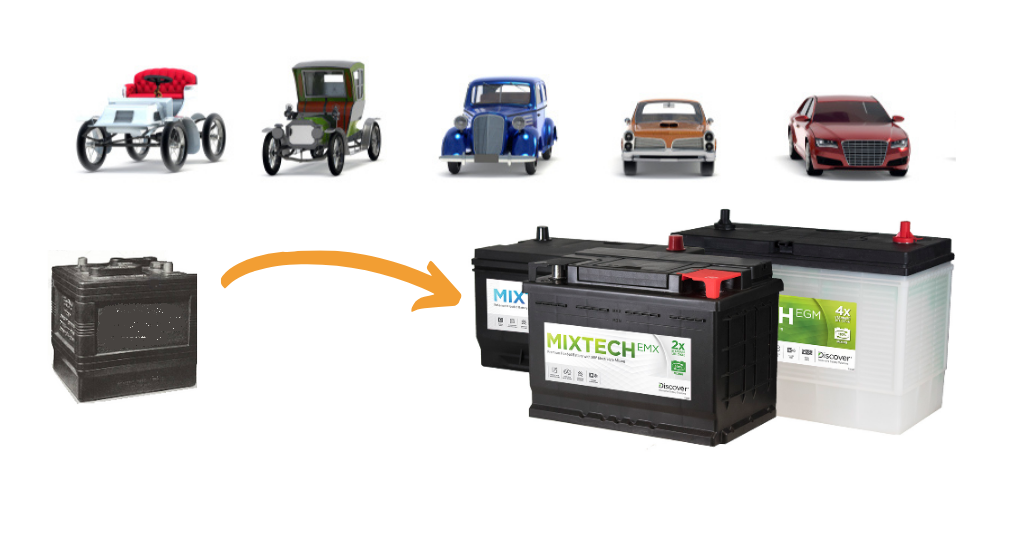
Subscribe To Sixbattery.com
Subscribe to the Porto mailing list to receive updates on new arrivals, special offers and our promotions.

Battery technology has come a long way since its inception, and the advances made in this field have revolutionized the way we use and store energy. This article explores the evolution of battery technology over the years and the significant impact it has had on our lives.
Early History of Batteries
The earliest batteries can be traced back to the 1800s, with the invention of the Voltaic Pile by Alessandro Volta. This was a stack of alternating copper and zinc disks separated by brine-soaked cardboard, which produced a steady flow of electricity. This was followed by the Daniell Cell, which was more reliable and had a longer lifespan.
Advancements in Battery Technology
In the late 1800s and early 1900s, significant advancements were made in battery technology. The lead-acid battery was developed, which was used to power the first electric cars. In the 1950s, the first alkaline battery was introduced, which had a longer lifespan and higher energy density.
In the 1970s, the first rechargeable batteries were developed, which allowed for the storage and reuse of energy. The nickel-cadmium battery was the first widely used rechargeable battery, followed by the nickel-metal hydride battery and the lithium-ion battery.
Applications of Modern Batteries
Today, batteries are used in a wide range of applications, from powering electronic devices such as smartphones and laptops to storing renewable energy from sources such as solar panels and wind turbines.
In recent years, there has been a surge in the development of new types of batteries, such as solid-state batteries and sodium-ion batteries, which have the potential to be safer, more efficient, and less expensive than current battery technologies.
Conclusion
The evolution of battery technology over the years has been marked by significant advancements and breakthroughs, which have enabled us to use and store energy more efficiently and effectively. With the continued development of new types of batteries, we can expect to see even more innovation and progress in the field of battery technology in the years to come.